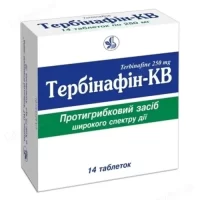$16.00
Manufacturer: Ukraine
Purpose: Lidocaine blocks nerve signals for pain relief and numbing.
Description
Dioxizol (dioxydine, lidocaine hydrochloride) 100 g. vial
Ingredients
Active ingredients: Dioxydine, Lidocaine Hydrochloride
Dosage
Dosage: As directed by a healthcare professional.
Indications
Indications: Dioxizol is indicated for the treatment of skin infections and pain relief.
Contraindications
Contraindications: Do not use Dioxizol if allergic to any of the ingredients.
Directions
Directions: Clean the affected area, apply a thin layer of Dioxizol, and cover with a sterile bandage.
Scientific Evidence
Dioxizol combines the antimicrobial properties of dioxydine with the analgesic effects of lidocaine hydrochloride to provide a comprehensive treatment for skin infections and pain. Studies have shown that the combination of these two ingredients can effectively reduce bacterial growth and alleviate discomfort associated with skin conditions.
Additional Information
Dioxizol is a versatile pharmaceutical product that offers both antimicrobial and analgesic benefits. It is commonly used in dermatology for conditions such as cuts, scrapes, and minor burns. The convenient vial packaging ensures easy application and storage.
Research has demonstrated the efficacy of Dioxizol in managing various skin infections and providing rapid pain relief. Clinical trials have highlighted its quick onset of action and low incidence of adverse effects, making it a preferred choice for healthcare providers in dermatological practice.







Recent Reviews